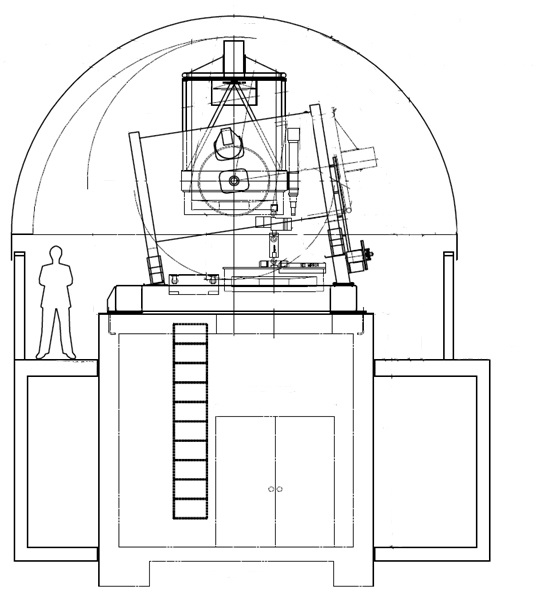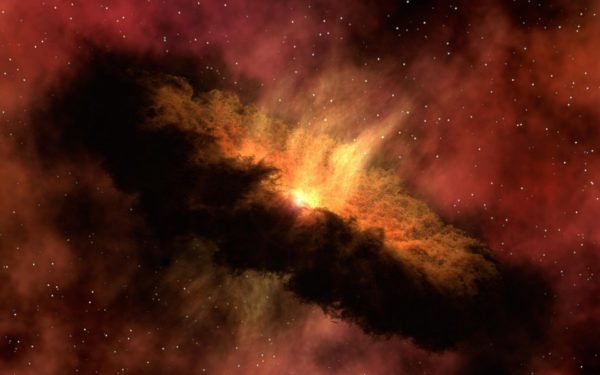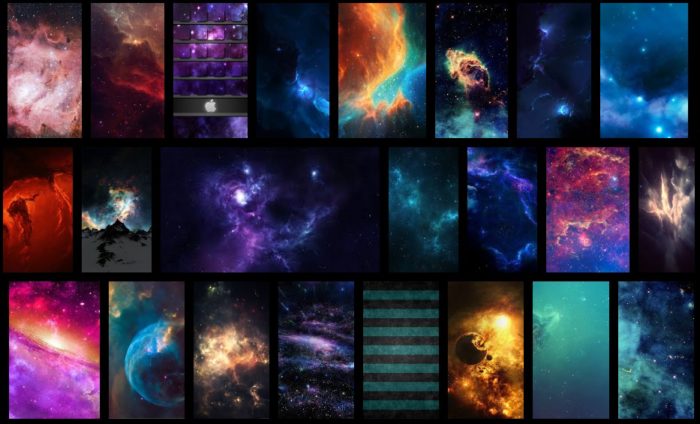Many have been humbled simply standing in a darkened field and looking to the stars. Indeed the great thinkers of the many generations that have come and gone are regarded as giants when in fact they were merely humans dropped to their knees by the wonder that is the universe all around us. There is as much wonder in a blade of grass as there is in a cosmic nebula, as much mystery in a drop of water as in the dark matter we yet fail to comprehend.
Tag Archives: celestial bodies
Largest Campus Telescope In Canada At York University
Toronto’s York University will soon play host to the largest telescope on a university campus in Canada. The university announced recently that the new one meter telescope will arrive in 2018 to replace the existing 40 cm telescope which is used to conduct astronomical research.

The current record holder (at the time of this article) for the largest telescope on a Canadian university campus is the 0.8 metre telescope which is housed at the University of Victoria in British Columbia.
Is Bigger Better?
Size isn’t everything when it comes to judging a telescope, however what really matters is the ability to gather light efficiently. A larger mirror means a greater light gathering capability. With more light comes more information and the ability to identify more details. Even in environments with a lot of light pollution, with enough light information astronomers are able to pick out stars and other celestial objects from all the other noise in the data.
Pubic Outreach
York University is already housing two telescopes; the aforementioned 40 centimetre telescope and another that is 60 centimetres but isn’t used for astronomical research or public outreach in the way that the 40 centimetre version is.
It is hoped that this new telescope will allow for students to engage in more advanced research objectives and will hopefully therefore entice a broader range of students and interests to the astronomy department. It is hoped that it will benefit students who live in York university housing. As well as benefiting students, it is hoped that the new telescope will also prove to be a boon to the university’s efforts to do more to further its goal of scientific outreach, giving the public the opportunity to view objects such as galaxies, which require expensive equipment to be view-able to amateur astronomers. Every Wednesday night the telescope will be open to members of the pubic and, for those that cannot attend these weekly sessions, every Monday the university will host live, online viewing through the telescope and take requests from the public for what to look at through it.

Portraits of the Cosmos
The new telescope will also be equipped with a charge coupled device camera which will allow the university to take images of celestial bodies in the night sky with the utmost clarity. Among the sights within our own solar system that the new telescope will make visible to viewers from Earth is Jupiter’s Great Red Spot. The Great Red Spot is a storm which has been raging on Jupiter’s surface for the last 187 years, first confirmed to have been observed in 1830, however there are records purporting to be of observations of the same phenomena dating back as far as 1665.
Similarly the rings and moons of Saturn, which can be viewed with even a basic telescope at the right time of year will be easy to see with great detail. It is hoped that sights like these will induce more children and young people to consider studying astronomy.
The arrival of the new telescope to York University should give the astronomy department a shot in the arm and will hopefully encourage the university to further its public outreach programs. For the Silo, Dimitry Karloff.
Supplemental- Choosing the right CCD camera for telescopes.

